- Water Testing Meters
- Anemometer
- Length & Distance Meter
- Multimeter & Clamp Meter
- Light and Sound Meter
- Slide Calipers & Screw Gauge
- Thermometer & Hygrometer
- Milk Testing Meters
- Paper, Grain & Wood Testers
- Stopwatch & Timers
- Soil Testing Meters
- Refractometers & Analyzer
- Magnetic Compass
- Tachometer & Megger
- Thickness & Dia-Meters
- Other Meter And Accessories
Leishman Stain 500mL
৳ 380.00
- Leishman Stain Solution
- Pack Size: 500ml
- Brand: DLC
- Packed in Bangladesh
4 in stock
SKU:
18125
Category: Lab Chemicals
Tags: Chemical Price in BD, Lab Chemicals, Lab Reagents, Leishman Stain
Description
Leishman stain is a type of Romanowsky stain used primarily in histology and cytology to visualize blood cells and certain microorganisms. It is beneficial for identifying parasites like Leishmania, which causes leishmaniasis, and assessing the morphology of various blood cell types.
Key Points About Leishman Stain Solution:
- Composition: Leishman’s stain contains a mixture of eosin (an acid dye) and methylene blue (a basic dye). This combination allows for the differentiation of cellular components based on their staining properties.
- Applications of Leishman Stain Solution:
- Parasitology: Identifying Leishmania in smears from skin lesions or blood.
- Hematology: Assessing blood smears for various conditions, including infections and blood disorders.
- Procedure: The staining process typically involves fixing a specimen (like a blood smear), applying the stain for a specific duration, and then rinsing to reveal the stained components under a microscope.
- Visualization: The stain highlights different cellular elements, such as:
- Nuclei (which appear blue)
- Cytoplasm (which can take on various shades depending on the cell type)
- Parasites may be visualized as distinct structures within the cells.
- Advantages:
- Simple and cost-effective.
- Provides clear differentiation of cellular components, aiding in diagnosis.
- Limitations: Requires careful preparation of smears and may not be suitable for all types of microorganisms or tissue samples.
If you have more specific questions about Leishman’s stain or its applications, feel free to ask through our email: Labtexbangla@gmail.com
Reviews (0)
Only logged in customers who have purchased this product may leave a review.
About brand
DLC is for D-Lab Chemical Co. a manufacturer and repacker in Bangladesh. Labtex is a seller and supplier of DLC brand chemicals and reagents in Bangladesh.
Shipping & Delivery
Delivery within 1-3 working days in Dhaka City and 3-5 working days anywhere in Bangladesh.
Disclaimer and Declaration
We are using this website as a catalog or brochure to represent our company in the digital world. Here displayed products and the physical products may slightly vary due to the deviation of lighting sources, photography, or your device display settings. And to improve product quality and prevent counterfeiting, actual products may vary, which may not match the image shown here. And here prices shown may be changed depending on the market price. And all prices are without VAT and AIT. Displayed on this website are not our ready-stock products, but we can deliver within the due time, which means delivery within 1-3 days in Dhaka city and within 3-5 days anywhere in Bangladesh.N.B.: We can’t deliver liquid products outside of Dhaka City. Please don’t place an order for liquid products from outside Dhaka City.Special Caution: None of our chemicals is suitable for human consumption or use in food. These are only for Research and Analysis.
Website Disclaimer:
This website may use some copyrighted materials without specific authorization of the owner, but the contents used here which is under the “Fair Use” of website content Policy. Copyright Disclaimer Under section 107 of the Copyright Act 1976, allowance is made for “fair use” for purposes such as comment, news reporting, teaching, scholarship, research, and analysis. Fair use is a use permitted by copyright statute that might otherwise be infringing. Non-profit, educational, training, experimental, or personal use tips the balance in favor of fair use. If you have any complaints about our content or find any content, image, video, or text that is copyrighted by you and want to remove it from this website, please feel free to email us at Labtexbangla@gmail.com. Those contents will be removed from this website.বি: দ্র: আমাদের অফিস থেকে সরাসরি পণ্য নেওয়ার ক্ষেত্রে, আমাদের অফিসে আসার নূন্যতম ৩ ঘন্টা আগে ফোনে জানিয়ে আসতে হবে। নতুবা ততক্ষনাৎ অফিস থেকে পণ্য দেওয়া সম্ভব হবে না।বিশেষ সর্তকতাঃ আমাদের কোনও রাসায়নিকই মানুষের ব্যবহারের জন্য বা খাবারে ব্যবহারের জন্য উপযুক্ত নয়। এগুলি কেবল গবেষণা এবং বিশ্লেষণের জন্য।




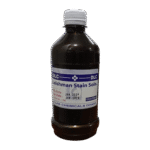


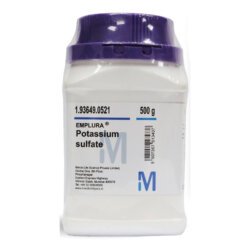
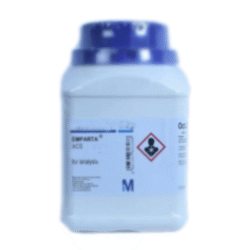
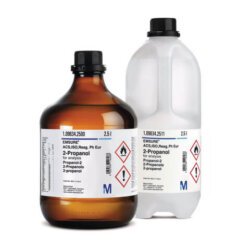
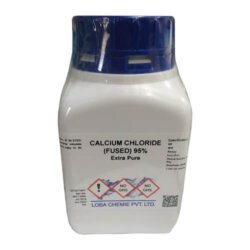
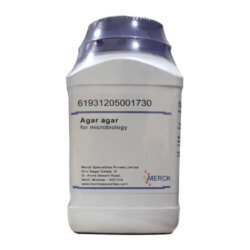
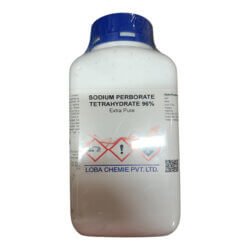
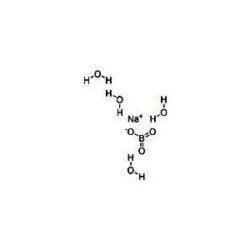
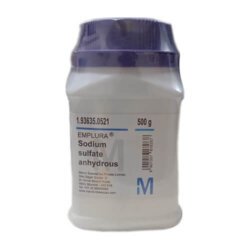
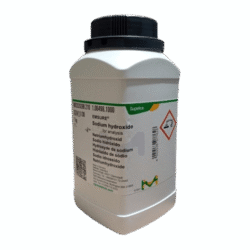
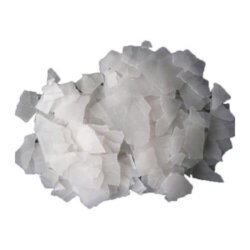
Reviews
There are no reviews yet.